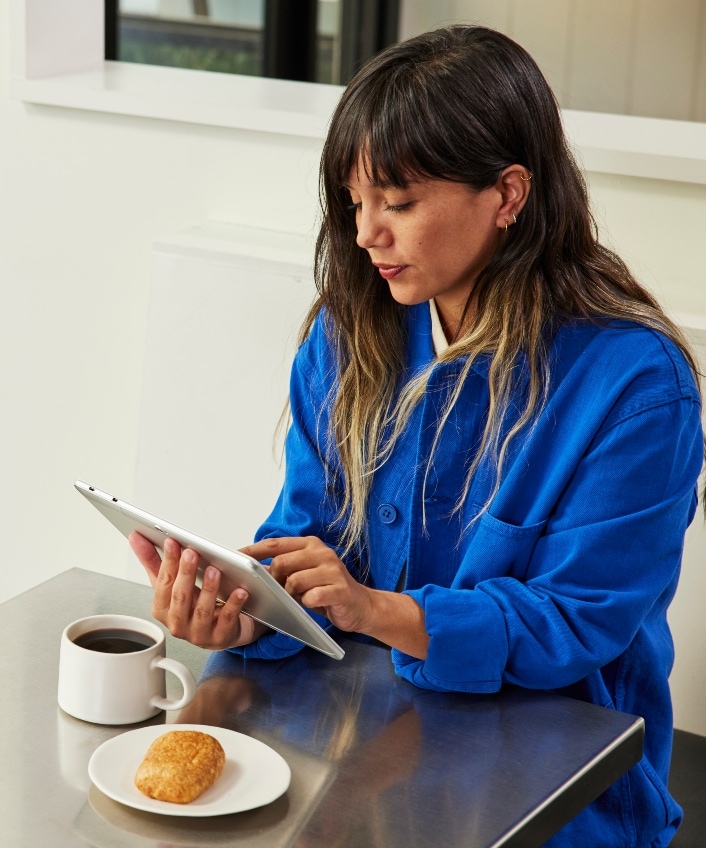How Australians can help prevent social media identity theft
If you're on social media, you could be at risk of identity theft. Social media monitoring is one way to help prevent identity theft. Learn more.

Using social media is a part of everyday life, allowing us to stay connected to the world 24/7. However, these channels can be easy targets for opportunistic criminals – keeping a pulse on your accounts is the best way to protect yourself against identity theft through social media.
What is social media monitoring?
Social media monitoring is the process of keeping a close eye on your social media accounts. This includes looking out for account takeovers, risky activity and inappropriate content. This is a form of social engineering used by cybercriminals to steal confidential information.
Why is it important to monitor social media accounts?
Identity thieves will look to exploit you any way they can – they use several sophisticated online scamming techniques that are constantly evolving. Monitoring is a core part of maintaining cyber safety as it is easier to notice when your accounts are acting differently than normal.
Identifying abnormal or erratic behaviour early can flag when you are being targeted, alerting you when your account has been compromised and poses a risk to you and your network.
What’s the impact of identity theft?
Identity theft or fraud happens when a criminal gains access to your personal information, including your name, address, date of birth, financial account numbers, or passwords, among others. The thief can then use this information to steal from you or pose as you for their own benefit. Identity theft through social media and other methods can even result in wrongful criminal accusations.
The impact of identity theft will depend on the information a scammer has accessed, it can vary from a quick fix in a few minutes to months of work, but it is undoubtedly harmful. While cybercrime will mostly cause a direct financial impact, victims can also suffer emotionally, physically, and socially.While most people think it won’t happen to them, identity crime is relatively common in Australia. Over 154,300 people experienced identity crime in 2020-2021. While 55% of Australians, (11.1 million people) were exposed to scams in the same time period.
How to help protect my social channels?
Generally speaking, most people are aware of the dangers of having a passport or driving licence stolen, but they don’t think seriously about the dangers associated with social media accounts. In many cases, cybercriminals can easily access information about you through your social media channels.
There are different ways to help protect yourself from identity theft through social media, including having strong and different passwords for all your digital accounts – not just social media, making sure you have all the right and up-to-date tools and are aware of all the ways criminals can target you.
Here are some tips for keeping your social media accounts safer from identity theft:
- Use unique passwords as much as possible and add a mix of numbers, symbols, and characters. Change your passwords regularly.
- Don’t use the same passwords for low-security accounts such as games and high-security accounts such as your banking applications.
- Limit what you share online. Avoid giving too much information out on your social media. Avoid adding your home address, date of birth, photos, family members or identifying information to your social media channels. Identifying information through social media channels is a goldmine for cybercriminals who want to take advantage of access to your personal details.
- Among the core ways to protect yourself is through social media monitoring. While you may not be able to continuously check all your social profiles, a social media monitoring tool can alert you when we suspect your account has been compromised and notify you of potentially risky links in your feed.
- Watch out for posts that encourage you to share information under the guise of engagement. If you see posts asking to share pet names or where you went to school, these are often an attempt by scammers to gather information linked to secure accounts.
- Ensure you close old accounts that are no longer in use. These can contain outdated passwords that are easy to access by criminals.
- Watch out for connection requests from people you don’t know. Only accept contact requests from people that you know.
- Consider making your accounts private. It's fun to share your life on social media, but to ensure your privacy it’s a good idea to prevent non-friends or family from accessing your posts. Scammers can use photos from your accounts to create fake profiles, furthering the risk to you and your reputation. Putting your accounts on private removes this avenue for cybercriminals.
Attacking your social media is just one of many ways cybercriminals operate. While scammers are getting smarter, even well-known cons such as email scamming remain a risk today. Understanding how these criminals work will help you protect against their attacks.
Editorial note: Our articles provide educational information for you. Our offerings may not cover or protect against every type of crime, fraud, or threat we write about. Our goal is to increase awareness about Cyber Safety. Please review complete Terms during enrollment or setup. Remember that no one can prevent all identity theft or cybercrime, and that LifeLock does not monitor all transactions at all businesses. The Norton and LifeLock brands are part of Gen Digital Inc.





Want more?
Follow us for all the latest news, tips and updates.